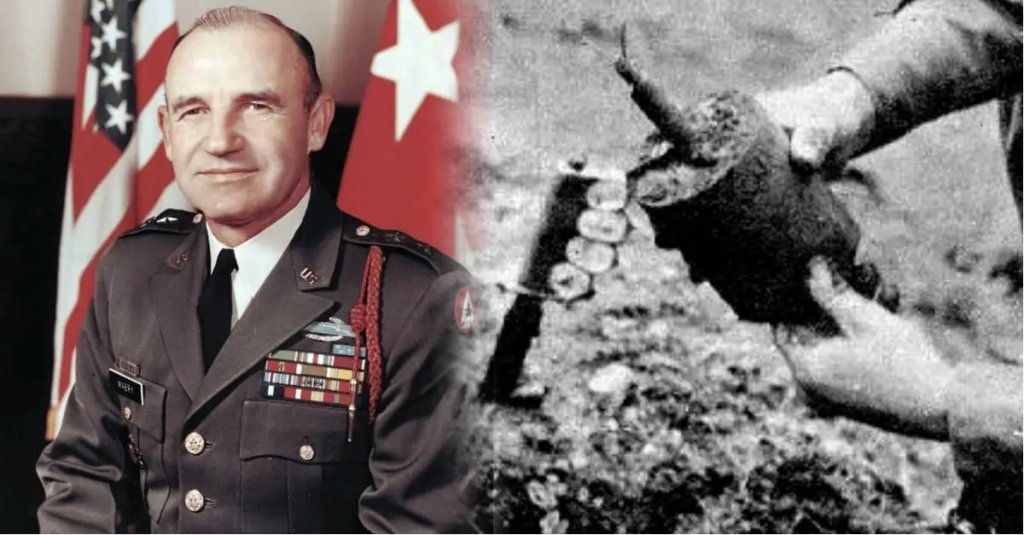George Lafayette Mabry, Jr. was already a hero cited twice for bravery when, on Nov. 20, 1944, he led his troops out of a minefield using only a trench knife, killed three Germans and captured six, and then took the high ground on the enemy’s flank with his battalion.
Mabry was an Army major when his battalion was sent into the brutal Hurtgen Forest. Dense trees limited visibility and prevented American armor from getting close to many positions. German artillery and mortars were pre-targeted on avenues of approach the Americans were expected to take while trench lines, obstacles, and fortifications protected German infantry and artillerymen.
The commander of Mabry’s battalion, Lt. Col. Langdon A. Jackson, Jr., led his men against a German position in the forest for two days only to see the men cut down by overlapping fields of fire before they could make it through the minefields or pass the wire obstructions. Jackson eventually argued with the regimental commander against another attack until he was relieved of his command.

2nd Battalion, 8th Infantry Regiment needed someone to take the reins and Mabry stepped up. He asked the regimental commander for a day to reorganize his men and incorporate replacement soldiers. Then he led his battalion, still at only 60 percent strength, against the German positions.
The initial assault by Mabry and his men was stopped by a German machine gun nest that backed them into a minefield. Knowing his men were dead if they didn’t move, Mabry personally moved into the danger area and figured out that the mines were lying under depressions in the snow. Using his trench knife, he began removing the mines to open a route for the battalion.
He then led the scouts forward and came upon a concertina wire trap with explosives on it. The men cut the wire and disconnected the explosives before again moving forward. Mabry spotted three enemies in foxholes and took them prisoner using his bayonet.

2nd Battalion was still in dire straits, facing a series of three log bunkers on the with machine guns on the high ground. Mabry again moved to the front and began the assault ahead of his men.
He kicked open the first bunker and found it empty, but the second one was filled with nine Germans. Mabry killed one with the butt of his rifle before bayoneting another. His scouts finally caught up with him and helped him subdue the rest.
The group then charged the third bunker while under small arms fire. Mabry broke into the fortification and led six new prisoners out at bayonet point.
With the bunkers emptied, he and his men occupied them before conducting one last assault through 300 yards of hostile terrain and machine gun fire before taking the top of the hill. From the hilltop, the battalion was able to threaten the enemy’s flanks and guarantee the regiment a firm foothold for further attacks.
Mabry was promoted to lieutenant colonel a short time later and received a Medal of Honor for his actions in the forest. He went on to serve in the Korean and Vietnam wars as well as in the Panama Canal Zone. He retired as a major general in 1975 and died in 1990.


